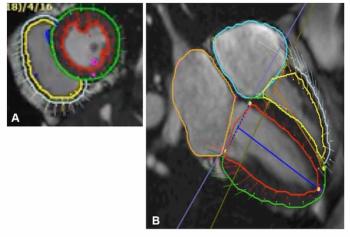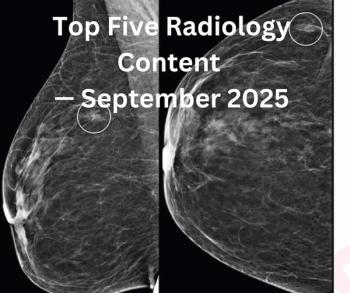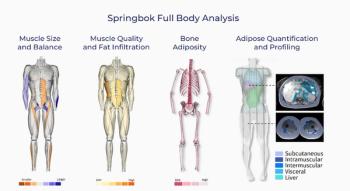
Younger ER pulmonary embolism patients could avoid radiation risk
More stringent criteria to evaluate emergency room patients under 40 years of age with suspected pulmonary embolism could decrease radiation exposure while also saving time and money, according to research presented at the RSNA meeting.
More stringent criteria to evaluate emergency room patients under 40 years of age with suspected pulmonary embolism could decrease radiation exposure while also saving time and money, according to research presented at the RSNA meeting.
Approximately $282,500 could be saved annually if different evaluations were used, said Dr. Wendy Silcox, a radiologist at St. Luke's Medical Center in Milwaukee.
In a retrospective review of 372 patients referred for pulmonary CT angiography, researchers used prospective investigation of pulmonary embolism diagnosis criteria to categorize their risk. Some 134 patients were stratified by clinical risk according to the simplified Wells criteria.
Those who were deemed low risk with a D-dimer measurement were imaged on a 64-slice CT scanner or had a SPECT ventilation/perfusion scan. Researchers then compared the change for low-risk patients in positive rates of PE. Only one had a pulmonary embolism detected on imaging.
The researchers concluded that too many patients are receiving unnecessary tests because clinical criteria and D-dimer thresholds are too conservative for patients under 40 years old. Using a higher D-dimer cutoff value would eliminate 67% of scans in this age group, saving considerable time, expense, and radiation exposure.
In a separate study of ER patients with chest pain, using different criteria instead of stress testing reduced time in the emergency department but resulted in higher imaging costs.
Chest pain is the second most common complaint among ER patients, and imaging costs for such patients range from $6 billion to $8 billion annually, said Dr. Kevin M. Takakuwa of Thomas Jefferson University Hospital.
In a comparison of the triple rule-out multislice CT protocol to traditional stress testing, researchers studied 232 patients to determine which protocol would allow physicians to more quickly and cost-effectively discharge low to moderate-risk patients being evaluated for possible acute coronary syndrome. The CT method translated into overall decreased total time in the emergency department but higher imaging costs in an observation protocol.
Mean imaging costs were $1299 for triple rule-out patients versus $870 for traditional stress testing. Total length of stay was 16.6 hours for triple rule-out patients versus 22.6 hours for traditional stress testing.
Patients in the triple rule-out protocol had significantly shorter time to disposition and observation times compared with all other patients but also had higher imaging costs. The level of increased costs was driven in part by the frequency of stress testing for patients with minimal and mild coronary disease on triple rule-out.
Newsletter
Stay at the forefront of radiology with the Diagnostic Imaging newsletter, delivering the latest news, clinical insights, and imaging advancements for today’s radiologists.




























